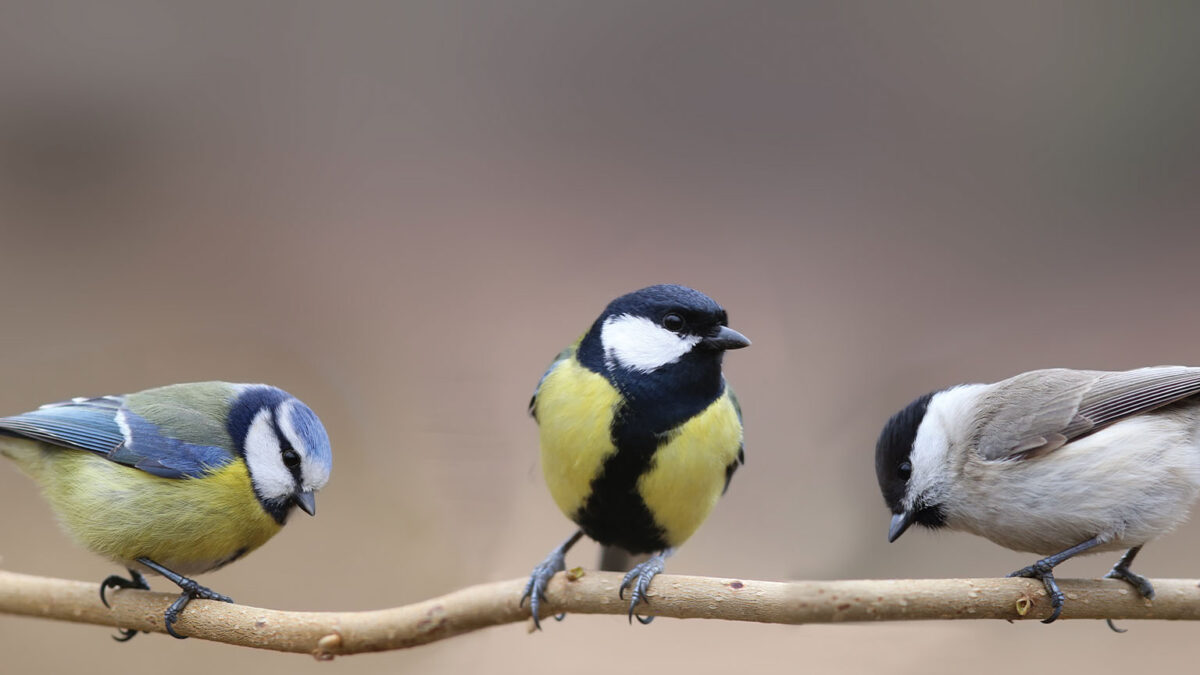
Decarbonising the public sector
7th November 2024
Addressing climate change through strategic planning reform
22nd November 2024Faced with a once in a generation opportunity to forge a more sustainable path for the environment, targets in law for nature’s restoration are long overdue, write RSPB’s Joanne Sherwood and John Martin.

Credit: Joanne_Sherwood/X
Joanne SherwoodTwo experiences play large in my mind. The first, when three generations of a farming family beamed as they heard the call of a Curlew nesting on their land for the first time, thanks to their land management efforts. The second, when a gentleman overhears me talking about Rathlin’s Corncrake and does an about turn to tell me that he recalls hearing Corncrake near Belvoir in south Belfast in the mid-60s. Both Corncrake and Curlew were once common in Northern Ireland, evidenced by the way they are woven through the stories, poetry, art, and songs of this place. Now in small numbers, they are mostly confined to ‘geographical hotspots’ of the Lough Erne and Antrim Plateau for breeding Curlew, and Rathlin for Corncrake. That is thanks only to farmers and conservation charities working together, supported with the right government funded schemes. Has relying on ‘hope’ and ‘charitable good will’ been enough to save nature in an incoherent policy landscape that includes a loose statutory duty on public bodies to conserve biodiversity? The certain answer is no. If we want future generations to thrive and benefit from the essential services that nature provides – from clean air and water and food to raw materials for manufacturing and leisure opportunities – we need to do something different and quickly at that. |
John Martin
The summers of 2023 and 2024 put Northern Ireland back into the headlines, but not necessarily for the right reasons. The explosion of blue green algae in Lough Neagh – the result of wet winters and springs flushing agricultural runoff, domestic, and industrial pollution into the lough, which was then activated by a warm May and June. A perfect storm perhaps, but, a signal from our environment on the neglect of one of Northern Ireland’s most highly protected places.
The new DAERA Minister, Andrew Muir MLA, has rightly prioritised action on Lough Neagh and delivered a 37-point action plan, evidence that current environmental governance has failed to protect the lough for present and future generations. The Minister is also correct to use tempered public rhetoric on the timeframes involved in restoring the lough. No quick fixes are available, and this will be a challenge over decades instead of years.
The result of a recent Biodiversity Intactness Index should give us further pause for thought. The index is a tool for assessing the amount of nature a country has lost over time, and it placed Northern Ireland 12th and Ireland 13th from bottom. Out of 240 countries, that is 228th and 227th, the lowest in the G7.
The most recent State of Nature report also showed that in Northern Ireland, 12 per cent of species assessed are now at risk of extinction. Some examples include 97 per cent of wildflower meadows lost in the last 50 years and species such as the basking shark, the Irish damselfly, the freshwater pearl mussel and puffin at risk of extinction. In October 2024, the Office for Environmental Protection (OEP) published a report in Northern Ireland, concluding that current pressures on nature are unsustainable and urgent action is needed to protect and improve the environment for this and future generations.
“As good and as important as strategies are, non–binding targets have failed, leaving Northern Ireland’s environment in a poor state.”
This begs the question: Are we happy enough to suppose that future generations will only see once local species in storybooks?
The DAERA Minister alone has a number of hugely significant statutory deadlines to meet which could help turn some of these declines around. Northern Ireland’s first Environmental Improvement Plan has just received Northern Ireland Executive approval which is to be welcomed. However, The Climate Change Act has also had a number of deadlines missed (June 2024), such as publishing departmental climate action plans, consulting on the role of a climate commissioner, and putting plans in place for a just transition. The seabird conservation strategy consultation has just been published, but we await the peatland strategy, nature recovery strategy, green growth strategy, and the implementation of a new agricultural policy.
However, as good and as important as strategies are, non–binding targets have failed, leaving Northern Ireland’s environment in a poor state. It begs the question: Is it time for targets in law for nature’s restoration? The answer is inevitably yes, and long overdue.
The Environment Act in England brought forward six legally binding targets to:
- halt the decline in species populations by 2030;
- restore water bodies;
- increase tree planting;
- halve waste;
- reduce air pollution; and
- restore marine protected areas.
Wales are currently working on a white paper setting out proposals for a new statutory nature recovery framework and the introduction of legally binding nature targets in Scotland was an element of the Natural Environment Bill due to come forward in late 2024. The EU is also close to bringing forward the Nature Restoration Directive which will be applicable in Ireland.
As we edge closer to the 2030 deadline to halt biodiversity loss, we need strong political leadership and ambition to match that challenge. The Northern Ireland Assembly has a once in a generation opportunity to set us on a more sustainable path and future generations, our economy and our nature will thank us for it.
Will they take it? I certainly hope so.
Joanne Sherwood is Director RSPB Northern Ireland and John Martin is Head of Policy and Advocacy.






 Ossian Smyth TD
Ossian Smyth TD Florika Fink-Hooijer
Florika Fink-Hooijer Antoine Oger
Antoine Oger Laura Curtis-Moss
Laura Curtis-Moss Anthony Costello
Anthony Costello Anja Murray
Anja Murray Niall Ó Donnchú
Niall Ó Donnchú Mike Savage
Mike Savage Brian Carroll
Brian Carroll Claire Downey
Claire Downey Oisín Coghlan
Oisín Coghlan Stephen Onakuse
Stephen Onakuse Kevin O’Sullivan
Kevin O’Sullivan Susan Hegarty
Susan Hegarty Hendrik W van der Kamp
Hendrik W van der Kamp Philip Nugent
Philip Nugent Adrian Smyth
Adrian Smyth  Ainhoa Gonzalez Del Campo
Ainhoa Gonzalez Del Campo  Geoff Dooley
Geoff Dooley  Clare Pillman
Clare Pillman  David Greenfield
David Greenfield Danielle Conaghan
Danielle Conaghan Peter McEvoy
Peter McEvoy Triona McGrath
Triona McGrath J Owen Lewis
J Owen Lewis Gavin Smith
Gavin Smith Imelda Hurley
Imelda Hurley Lucy Gaffney
Lucy Gaffney Dr Venkatesh Kannan
Dr Venkatesh Kannan Kevin Hegarty
Kevin Hegarty Eimear Cotter
Eimear Cotter Aditya Arora
Aditya Arora Patric Child
Patric Child Eleanor Roche
Eleanor Roche Andy Bleasdale
Andy Bleasdale Andrew Muir MLA
Andrew Muir MLA Chris Hewitt
Chris Hewitt Francesca Racioppi
Francesca Racioppi Christopher Hammond
Christopher Hammond Laura Díaz Anadón
Laura Díaz Anadón Lorna McAdoo
Lorna McAdoo Conor Murphy
Conor Murphy  Mark Horton
Mark Horton  Niall McLoughlin
Niall McLoughlin  Zoe Kavanagh
Zoe Kavanagh Niall Ó Donnchú
Niall Ó Donnchú Venkatesh Kannan
Venkatesh Kannan David McGee
David McGee Anna Rose
Anna Rose Paul Hogan
Paul Hogan








